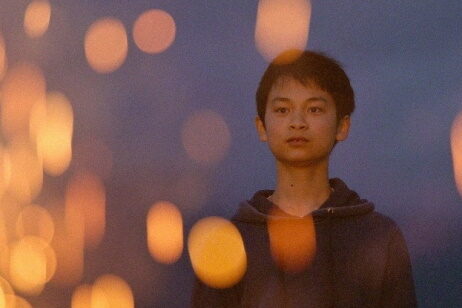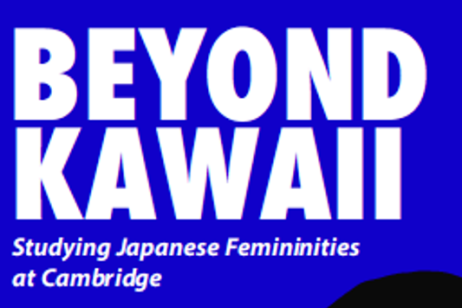2 March 2021
10 years from the Tohoku Earthquake and Tsunami
On 11 March 2011 Japan experienced the Tohoku Earthquake, the most powerful earthquake ever recorded in the country. The quake was followed by a massive 120-foot-high tsunami smashing into the coast of north-east Japan. The tsunami wiped out many coastal communities, dragging houses, cars, trees and people on its way. This natural disaster resulted in the greatest loss of life Japan has suffered from a single event since the end of World War II. In this webinar, British journalists Jon Snow and Richard Lloyd Parry spoke about their different experiences reporting the tragedy, describing the impact of the disaster as they witnessed it on the ground.
満席詳細










